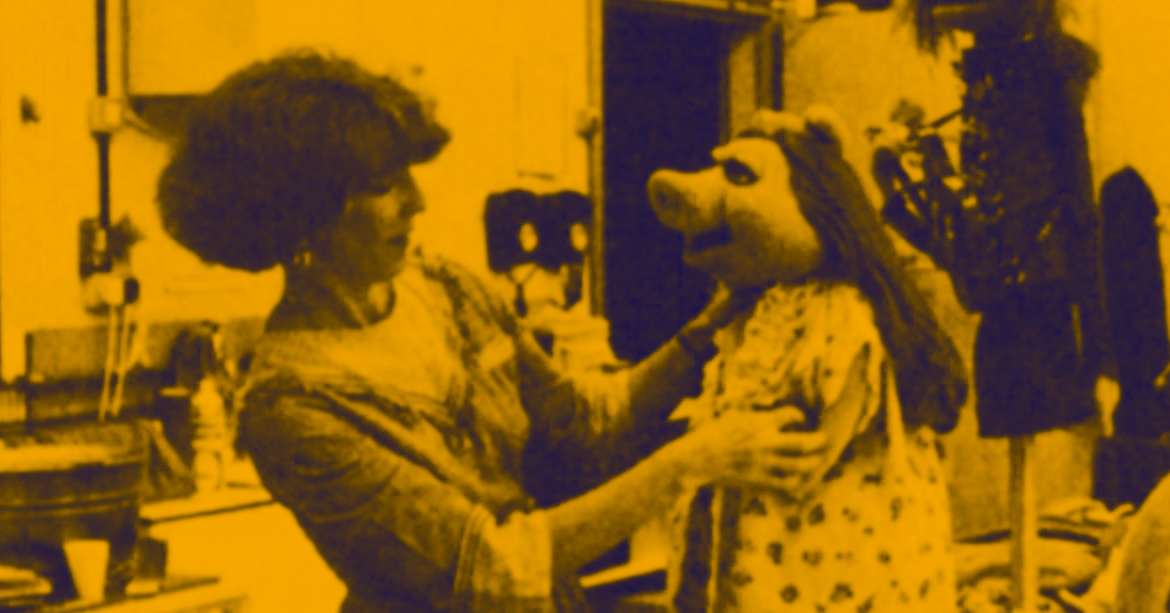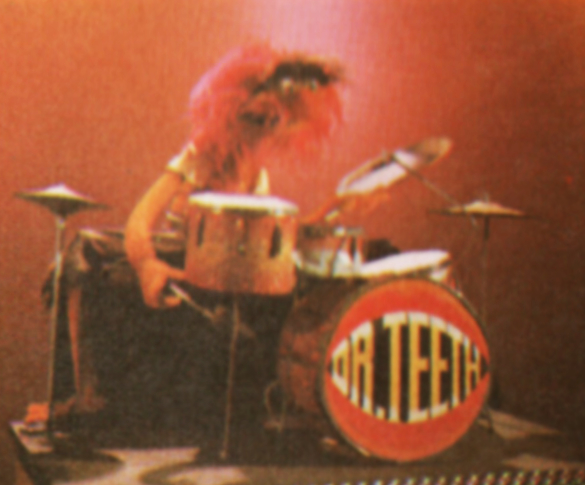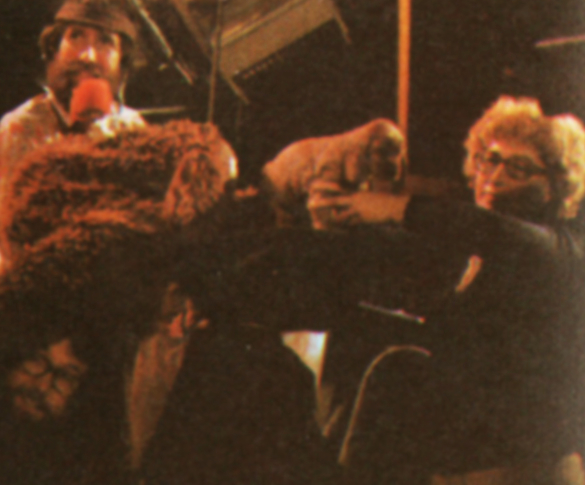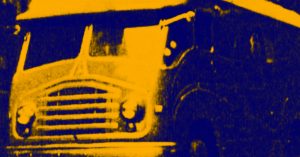The making of the Muppets
Inside ATV’s international hit variety show


One of the most outstanding recent successes in television programme-making is ATV’s The Muppet Show which delighted viewers for the first time in the autumn of 1976. Kermit and company took over the television screens at about 5p.m. on Sunday afternoon and the team of puppet characters succeeded in waking up dad from his afternoon nap and keeping mum from making the tea in order to join the children for 30 minutes of the zaniest, wittiest, most endearing comedy show in years.
Within two-and-a-half months the time slot which had been attracting six million viewers had an audience of over twelve million. Now into its second series The Muppet Show has become a cult and looks like remaining an integral part of our viewing habits for some time to come.
But how did it all begin? The Muppets – their name derived from the combination of marionette and puppet – were created by Jim Henson, who featured Kermit and some other Muppet characters in the children’s educational programme Sesame Street. Lord Grade of ATV, who showed a great interest in the series, invited some of the Muppets to appear in two or three major television specials being made at ATV’s Borehamwood studios. These programmes, which included Julie on Sesame Street (Julie Andrews), Herb Alpert and the T J B and Julie – My Favourite Things, were so effective that Lord Grade invited Jim Henson to make a series of shows designed for family viewing.

Jim Henson was delighted; for several years he had been trying to get the American television networks to back him for a similar idea but nobody in the USA was willing to make the show. Lord Grade then did the inevitable. He sold the show back to America where it has become as big a hit as in Britain.
But without the creative genius of Jim Henson and his team nothing would have been possible. Jim Henson, aged 41, was born in Mississippi and made his first Muppet (Kermit) 22 years ago. Needless to say there have been several Kermits rebuilt since, plus over 300 other characters created over the years. Jim has an extremely talented team around him which consists of puppet builders and designers, writers, and of course the puppeteers. Where Jim goes, they go! Therefore the entire unit moved to Britain and set up its work shop off the main studio at ATV’s Borehamwood studios, and that became ‘home’.
The production team is, of course, British, headed by two directors – Peter Harris, who did the entire first series, and Philip Casson who is an additional director for this second series. Jack Parnell and his Band provides the marvellous Muppet music, and David Chandler, Paul Dean and Bryan Holgate are the designers.
The British crew and Jim Henson’s team in no time developed a very warm working relationship and admiration for each other and rarely has there been such a compatible or happier unit on any production.
The technique of making the show and operating the puppets has created as much interest for viewers and the industry as the show itself. Every set is built at least four feet above floor level and the cameras work at an average height of seven feet. The sets are built to a two-thirds scale suitable to accommodate the human guests as well as the puppet characters which vary in size from eighteen inches [45cm] to two feet [61cm] (giant Muppets can tower fourteen feet [4.25m]).


The puppeteers are all at least six feet tall [1.8m] and very slim. They wear head bands with microphones attached and have a small monitor TV set in front of them. This enables them to synchronise the dialogue with the mouth, eyes and arms, and gauge the puppets’ expressions and movements. The puppeteers operate the puppets by hand, above their heads – an extremely strenuous and shoulder-aching pastime!
The puppeteers are performers. They have to be actors, comedians, singers, voice impersonators and even have a good sense of rhythm or know a little about music. For instance the ‘At the Dance’ sequence and the synchronisation of Animal on the drums and Rowlf at the piano must be perfectly timed. No wonder Jim Henson looks on auditions for new puppeteers as a formidable task. Fortunately, however, his current team of performers: Frank Oz (Fozzie Bear, Miss Piggy, Animal), Jerry Nelson (Floyd, Crazy Harry, Uncle Deadly, Robin), Richard Hunt (Scooter, Mr Statler, Sweetums, Thog), and Dave Goelz (The Great Gonzo, Zoot and various guest characters) have been with him for a few years. Incidentally, Jim’s own main characters are Kermit, Mr Waldorf, Rowlf, Dr Teeth and Mahnamahna.
Part of the attraction of the Muppets is that they all have very individual characters and often display recognisable human frailties and emotions. It is quite common in rehearsal or during a break between camera ‘takes’ for the Muppets to talk and joke with each other, and if the floor manager gives a direction to a puppeteer he is not surprised when it is the Muppet on the end of the puppeteer’s arm that comes back with the response.
The strength of The Muppet Show’s success can be further assessed by awards the show has received during 1977. In January the American Guild of Variety Artistes presented the special Georgie award for the ‘Best Special Attraction – 1976′. In March the British Academy of Film and Television Arts cited the show ‘Best Light Entertainment Programme – 1976’. In April The Broadcasting Press Guild voted the show ‘Best Comedy or Light Entertainment Programme’ for 1976 and in May the show won the most prestigious of all international awards for Light Entertainment, the Golden Rose of Montreux in Switzerland. Also in May, the Pye Colour Television Awards voted Kermit the Frog ‘Most Promising Male Newcomer’.


The series has now been sold to over 100 markets throughout the world and has an audience of hundreds of millions. It is dubbed into five languages: French, German, Spanish, Italian and Portuguese.
This is the story behind The Muppet Show to date, but doubtless more awards, more record successes (the first Muppet LP reached No. 1) will be forthcoming to reflect the quality and popularity of this truly original show.



About the author
Eric Croston was editor of the Independent Television Authority and Independent Broadcasting Authority yearbooks from 1963 until 1985






